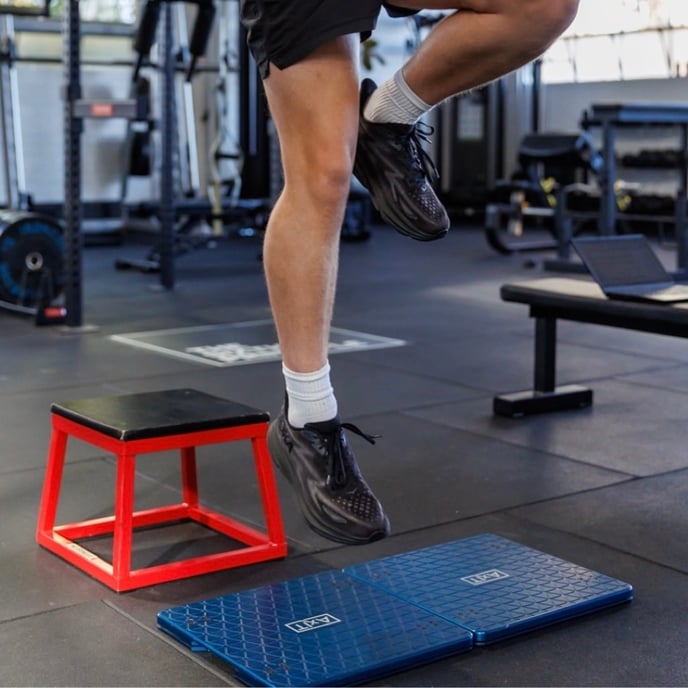What Is The Reactive Strength Index (RSI)?
The Reactive Strength Index (RSI) metric was developed to measure how an athlete copes and performs during plyometric tests such as the Drop Jump by measuring the muscle-tendon elasticity and reactive jumping capacity. It can help identify an athlete’s ability to rapidly change from an eccentric loading into a concentric muscular contraction and is an expression of vertical jump capacity. It is often a later-stage performance metric as part of the plyometric capacity.
Using RSI metrics can be a useful marker for measuring performance and training progress, the RSI tests are also commonly used to measure neuromuscular fatigue during competition periods in team sports.

AxIT calculates RSI by dividing Jump Height by Ground Contact Time and is displayed as a measure in meters/second.
Research has suggested that RSI results can be used to determine the benefit of certain training focuses in high-level athletes. For example for a Drop Jump Test.

For most general population a results of 1.0-1.5 m/s may be considered adequate in a Drop Jump test.
For more information on normative results for RSI in different tests please check out AxIT Connect results.